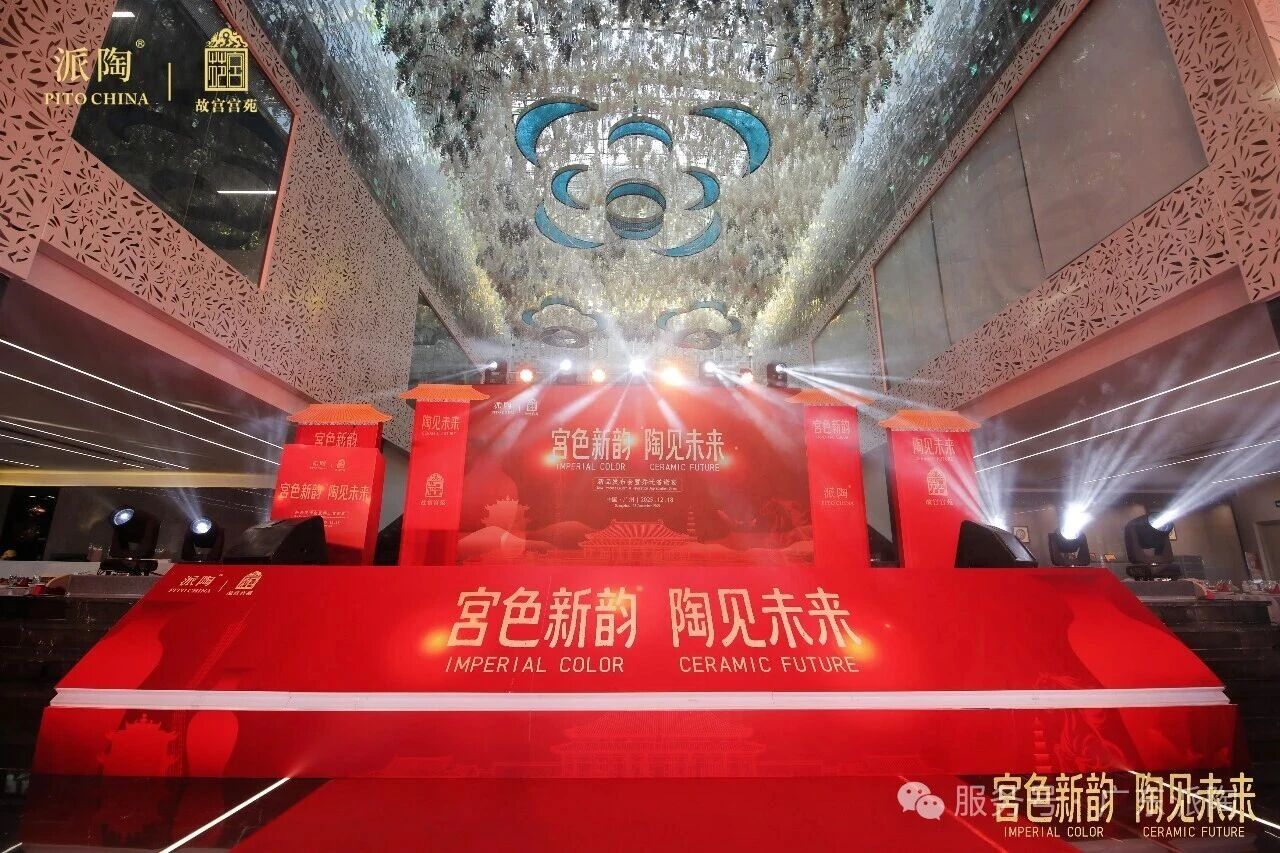In the world of dinnerware, choosing the right material is essential for enhancing the overall dining experience. Stoneware and porcelain are two popular options known for their durability, elegance, and versatility. Understanding the characteristics and differences between these types of dinnerware will enable you to make an informed decision that aligns with your personal preferences and lifestyle.
What is Stoneware Dinnerware?
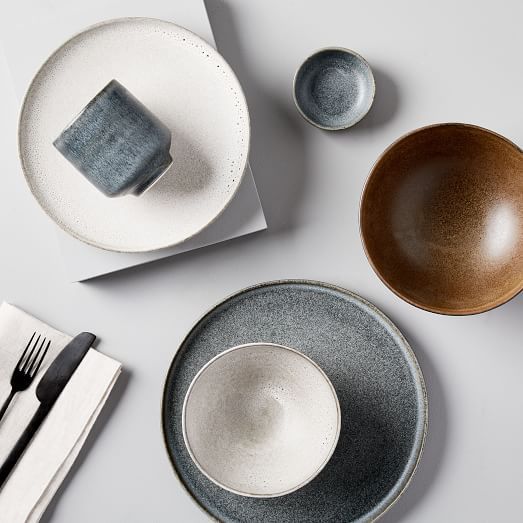
source: pinterest
Stoneware dinnerware is a type of ceramic material that is fired at high temperatures to create a strong and durable finish. It is known for its earthy and rustic appearance, adding a touch of warmth and uniqueness to your table setting. The manufacturing process involves mixing clay, water, and other additives to create a smooth and even texture. Then, the mixture is formed into the desired shape, dried, and fired in a kiln.
Pros and Cons of Stoneware Dinnerware
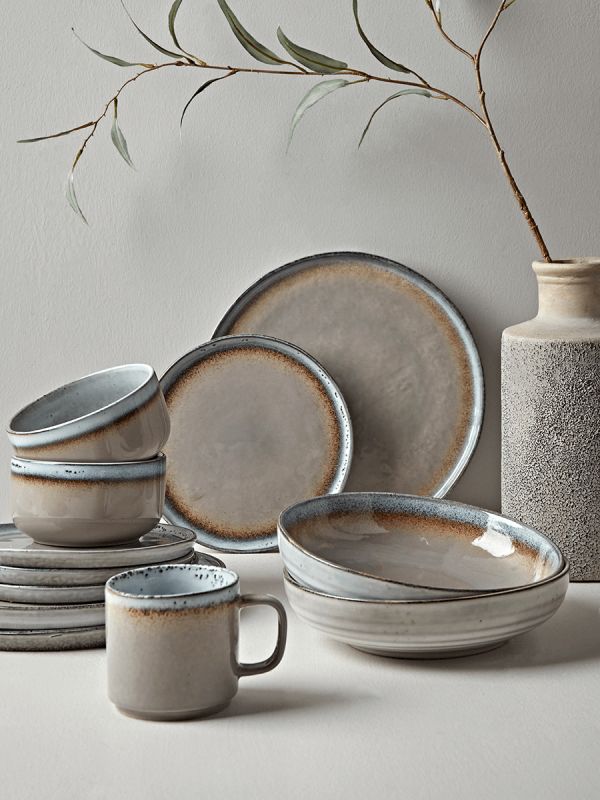
source: pinterest
Advantages of Stoneware Dinnerware
Stoneware dinnerware offers a unique set of advantages that cater to those looking for practicality and versatility.
Firstly, stoneware is incredibly durable and resistant to scratches, thanks to its dense and sturdy composition. This makes it perfect for everyday use, where it can withstand the rigors of daily meals without showing signs of wear and tear.
Moreover, stoneware is often more affordable compared to porcelain, making it an excellent choice for those on a budget. Its affordability does not compromise its functionality or appearance; stoneware can still exude an air of charm and elegance while being more accessible to a wider range of consumers.
Additionally, stoneware has the remarkable ability to retain heat well, keeping your food warm for longer periods. This makes it ideal for dishes that require heat retention, such as soups and stews.
Disadvantages of Stoneware Dinnerware
However, stoneware does have a few disadvantages. Due to the nature of its manufacturing process, the weight and thickness of stoneware may vary from item to item. This inconsistency can be noticeable and may affect the overall visual appeal of your dinnerware collection.
Furthermore, over time, stoneware can show signs of wear and tear, such as slight surface scratches or signs of fading. While this does not affect its functionality, it may impact the overall aesthetic.
What is Porcelain Dinnerware?
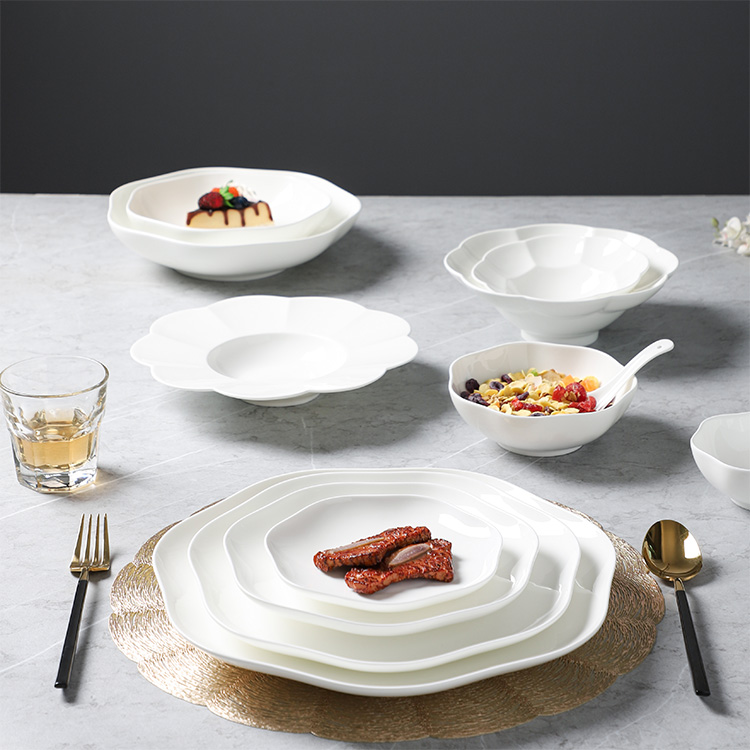
Porcelain dinnerware, on the other hand, is a more refined and delicate type of ceramic dinnerware. It is made from a specific type of clay known as kaolin, which gives it a translucent and lustrous appearance. The manufacturing process involves mixing the clay with other minerals, such as feldspar and quartz, to enhance its strength and elasticity. The mixture is then shaped, dried, and fired at a higher temperature than stoneware.
Pros and Cons of Porcelain Dinnerware
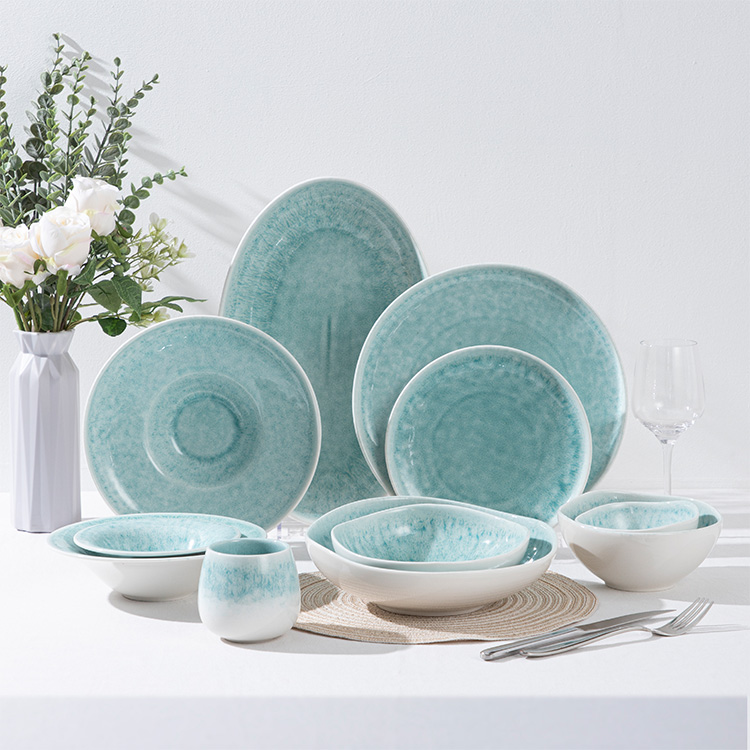
Advantages of Porcelain Dinnerware
Porcelain dinnerware offers several advantages that make it a popular choice among those seeking elegance and sophistication.
Firstly, porcelain is incredibly durable and resistant to chipping or breaking, thanks to the high firing temperature. This makes it ideal for everyday use and for special occasions where you want to impress your guests.
Additionally, porcelain dinnerware exudes an elegant and delicate appearance that elevates any table setting. Its smooth and glossy surface adds a touch of luxury and refinement to every meal. Porcelain is also suitable for formal occasions, as it effortlessly enhances the overall aesthetic and creates a sophisticated atmosphere.
Disadvantages of Porcelain Dinnerware
However, there are a few downsides to using porcelain dinnerware. The higher cost compared to other types of dinnerware can be a limiting factor for those on a budget. Additionally, porcelain requires extra care and delicate handling, as it is more prone to cracking or chipping if mishandled or subjected to extreme changes in temperature.
Stoneware vs Porcelain dinnerware: Durability
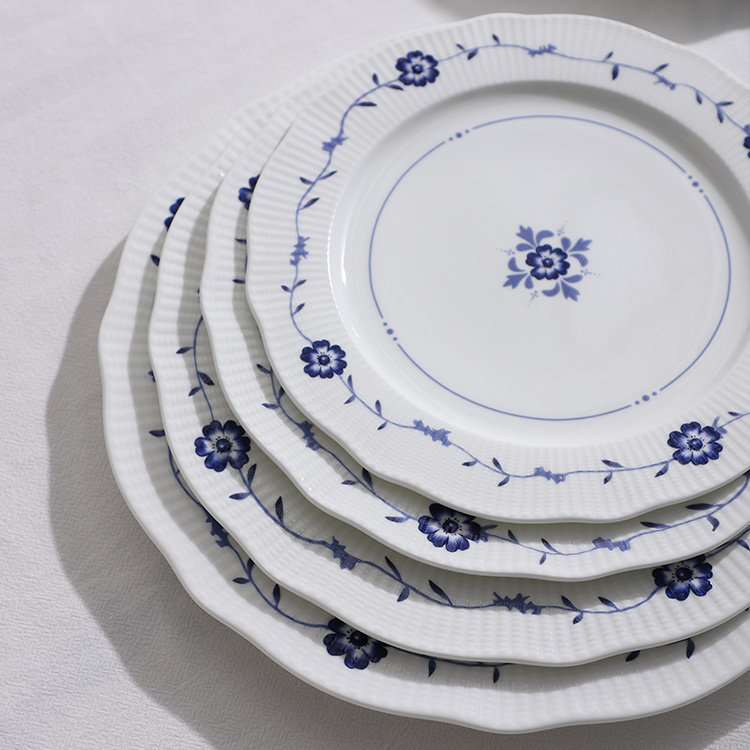
So is stoneware more durable than porcelain? When it comes to durability, both stoneware and porcelain have their strengths. Stoneware offers excellent impact resistance, making it highly suitable for everyday use and for families with children. Its dense structure makes it less prone to breakage when accidentally dropped or bumped.
Porcelain, however, is renowned for its exceptional resistance to heat and thermal shock. This means that it can withstand sudden changes in temperature without cracking or shattering. Porcelain dinnerware can be safely used in ovens, microwaves, and dishwashers without compromising its structural integrity.
In terms of scratch resistance, stoneware takes the lead. Its dense and sturdy composition makes it highly resistant to scratches caused by utensils or other objects. Porcelain, although strong, is more susceptible to scratching, particularly if abrasive cleaning techniques or materials are used.
Factors affecting longevity include proper care and maintenance. Both stoneware and porcelain can last for many years if handled with care, but porcelain may require extra attention due to its delicate nature.
Which is Better: Porcelain or Stoneware Dinnerware?

Determining which type of dinnerware is better, porcelain or stoneware, boils down to personal preferences and specific needs. Consider the following factors when making your decision:
Personal Preferences and Intended Use
If you prefer a more elegant and delicate aesthetic, and you often entertain guests for special occasions, porcelain dinnerware might be the ideal choice. On the other hand, if you prefer a more rustic and earthy vibe, and you want dinnerware that can withstand the demands of everyday use, stoneware may be the better option.
Lifestyle and Frequency of Use
If you have a busy household, complete with children or pets, stoneware’s durability and scratch resistance make it a practical and reliable choice. However, if you have a more refined and gentle dining style, and you tend to use your dinnerware less frequently, porcelain might be the better fit.
Design and Aesthetics
Consider the overall style and theme of your dining room or kitchen. Does it lean towards a classic, traditional look, or does it embrace a more modern and contemporary feel? Choosing the right material that complements your existing decor can contribute to a harmonious and visually appealing space.
Budget Considerations
If budget plays a significant role in your decision-making process, stoneware is typically the more affordable option. Porcelain, although more expensive, offers a higher level of elegance and sophistication.
Conclusion
In conclusion, stoneware and porcelain dinnerware each have their own unique characteristics and advantages. Stoneware offers durability, affordability, and versatility, while porcelain showcases elegance, refinement, and a delicate appearance. When choosing between the two, it is essential to consider personal preferences, lifestyle, design, and budget. By taking these factors into account and evaluating the pros and cons of each material, you can make an informed decision that aligns with your needs and enhances your dining experiences. So, weigh your options, embrace your own unique style, and elevate your dining table with the perfect choice of dinnerware.
